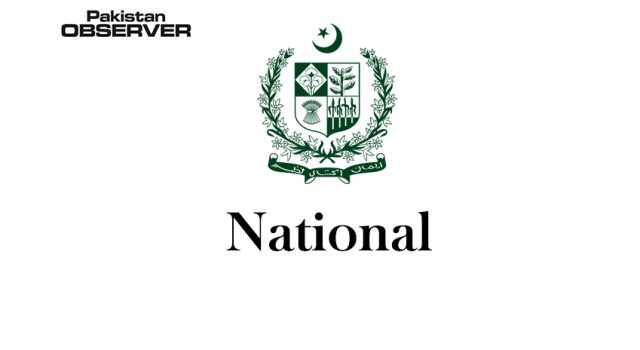Muhammad Qasim Dogar
On 26th July, 2018, during his victory speech, Prime Minister Imran Khan talked about establishing a Riyasat-e-Madina.
More than three years have passed and the question arises; how close is the PTI government to forming its promised state? For an accurate appraisal, one must consider the PTI’s demonstrated capability to deal with the Coronavirus crisis.
At a time when Pakistan’s economy was already suffering from heavy external and internal indebtedness, rising poverty and unemployment, high fiscal deficit and low investment, the impending pandemic seemed to be a terminal blow to the economy.
Inflation was already escalating, and COVID-19 resulted in the shutting-down of numerous industries and businesses along with the complete closure of international trade routes.
However, a prompt response from the National Command and Operation Centre (NCOC),including the implementation of smart and timely lockdowns, was able to effectively reduce the infection rate across Pakistan – at a time when the pandemic was out of control in neighbouring India.
Once the virus was subdued, the next challenge for PTI pertained to the economy.The PTI Government had started implementing Social Welfare programs before the pandemic struck and enhanced the scope of these programs to deal with the forthcoming situation. Research carried out by global institutes has pointed out that cash transfer programs have reduced poverty, increased enrollment and improved nutrition worldwide.
The Ehsaas Emergency Cash Program and the Ehsaas Kafaalat Program are major initiatives of the PTI Government. Launched by the Prime Minister on April 1, 2020, the Rs. 203 billion Ehsaas Emergency Cash program has been designed to protect the vulnerable amid the Coronavirus crisis.
The program provided Rs. 12,000 each to more than 15 million deserving families through a biometrically enabled payment system. This means over 100 million people were provided assistance i.e. nearly 50% of Pakistan’s population. Even the World Bank recognized Ehsaas Emergency Cash among the top four social protection interventions globally in terms of number of people covered.
Similarly, Ehsaas Kafaalat is a key initiative of the Government through which it distributes cash stipends of Rs. 2,000 monthly amongst socio-economically vulnerable women across the country.
More than 8 million women directly benefit from this initiative, and PKR 74 Billion has already been disbursed thus far.
At the same time, the government also ensures that it provides its citizens with the most basic necessities through establishing Pannahgahs and Langar khanas across the country. In Punjab alone, 102 Pannahgahs and 121 Langar khanas have already been made operational. More than 558,000 individuals have stayed overnight, while around 2.5 million citizens have availed free meals.
There is strong evidence that Langar khanas not only lessen despair amongst the homeless but also restore the dignity and self-reliance of the most vulnerable citizens. While these projects are particularly beneficial to the financially vulnerable, they generate direct employment, too, as resources are recruited to manage and operate them.
To deal with the housing crisis efficiently and in hopes of increasing the standard of living, the PTI Government has announced its flagship project: ‘Naya Pakistan Housing Program’. This program is the first of its kind, and it has resulted in thousands of affordable housing units being constructed across the country.
Currently, in Punjab, more than 38,000 housing units are underway at around 87 sites. The Government is also securing the availability of finance through subsidized long-term bank loans, making these housing units affordable for citizens who do not currently own any property. The PTI government also aims to achieve Universal Health Coverage in Punjab by the end of March, 2022.
A major population of KPK has already been covered. Health shocks are the worst of socio-economic shocks as they hamper an individual’s ability to earn and his ability to socialize. Under the program, the Government has initiated the provision of medical coverage up to Rs. 1 million per annum per family, which will be a huge milestone with regards to health sector reforms.
It is true that one isolated action or policy cannot be the solution to poverty. The Govt realizes this, which is why the Ehsaas Program has more than 134 mutually reinforcing actions – designed to target different groups. Although the scope of these programs needs to be broadened, they manifest Government’s movement in the right direction: towards the Welfare State promised by the Prime Minister.










